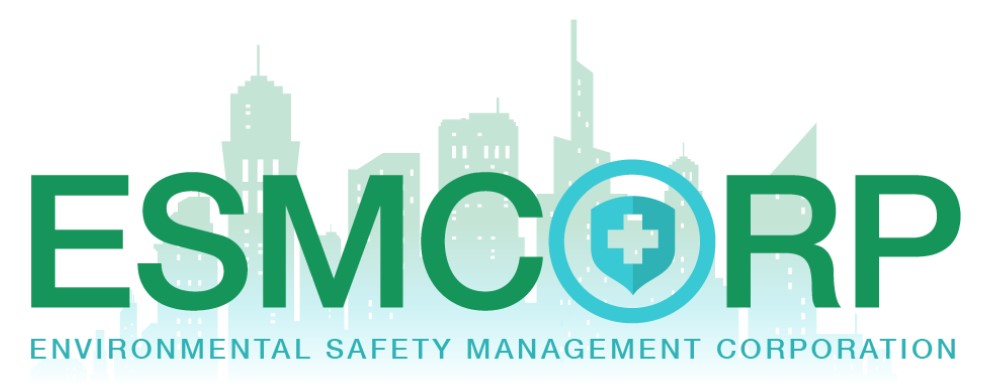A Carbon and an Oxygen walk into a bar. Let me know if this joke puts you to sleep because carbon monoxide punchlines are literally asphyxiating. You may already know some things about the dangers of carbon monoxide and what it can do to you, but you may have questions about where carbon monoxide comes from.
Fact: Carbon Monoxide is a product of Incomplete Combustion.
What is Incomplete Combustion? Below are the Top 3 concepts you should understand behind the science of Incomplete Combustion.
1) Carbon
Associating water with H2O means that you are aware of chemical formulas. When you look at the chemical formula of flammable matter, you will likely see carbon.
- Paper (cellulose) -> C6H10O5
- Gasoline (octane) -> C8H18
- Coal (one type) -> C137H97O9NS
- Natural gas (methane) -> CH4
What does this mean? This means that the sources of potential incomplete combustion can be identified as those appliances that utilize carbon based fuel. This could be a gas stove, a wood fireplace, a propane grill, a gas water heater, a kerosene space heater, a gas furnaces / boiler, a car, and more.
2) Oxygen
You may have noticed that the flammable matter listed also had a hydrogen in the chemical formula. This hydrogen – carbon pair is referred to as a hydrocarbon.
Fact: Complete Combustion = Hydrocarbon + Oxygen -> Carbon Dioxide + Water + Heat.
What does this mean? This means that Oxygen is an essential part of the fire that you see. If you have ever put out a candle by covering its top, you are taking away the oxygen available to the fire and it will extinguish after some time. The air that provides oxygen for us to breath also provides oxygen for fires to breath.
3) Hopefully another oxygen
When it comes to methane, the complete combustion equation looks like this
4CH4 + 8 O2 -> 4CO2 + 8H2O
Let’s say instead of 8 oxygen molecules being available, there is only 7. The incomplete combustion equation looks like this
4CH4 + 7O2 -> 2CO + 2CO2 + 8H2O
One oxygen molecule deprived can lead to the production of two carbon monoxide molecules and two carbon dioxide molecules as appose to four carbon dioxide molecules.
What do I do? Instead of becoming an expert of chemistry, heating systems, and combustion, it is important to maintain functional carbon monoxide detectors throughout your building and around gas appliances. If any of your appliances causes your carbon monoxide detector to sound off, it is time to evacuate the building, call 911 and explain your situation, and it is time to get your appliance serviced or replaced.
For large appliances (boilers, furnace, water heaters) it is important to keep a regular maintenance schedule. Your HVAC professional will clear dust accumulations, replace filters, make sure things are up to code, and much more.
Environmental Safety Management Corporation is well prepared to discuss Carbon Monoxide with you and we are the leading experts in NJ, NY, PA, and DE for the conversation and the job. Please contact us at (856) 764 – 3557 for any questions. Email us at projectmanager@esmcorp.com too. Check out our Facebook and Linkedin!
Thank you and have an Environmentally Safe Day!
Written by: Richard A. Lynch, MBA, CIEC, Project Manager

Recent Comments